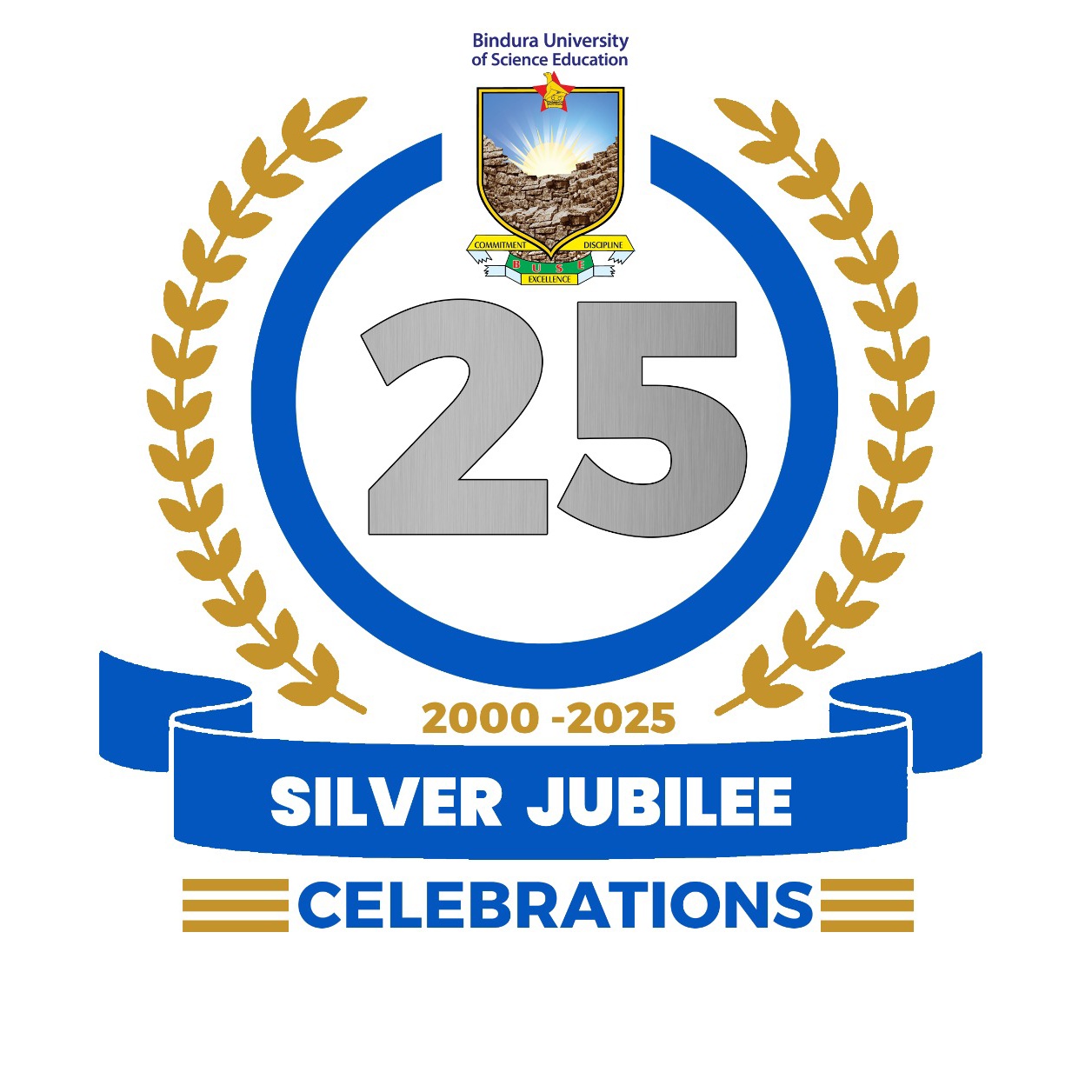Photo stress recovery time and incidence of RTAs among commercial drivers in Bindura
- Author
- Marufu, Munashe
- Title
- Photo stress recovery time and incidence of RTAs among commercial drivers in Bindura
- Abstract
-
Background: The photo stress recovery time test is a clinical technique used to test the functional ability of the macular. This results in a visual acuity decrease after exposure to light as the light bleaches the photoreceptors. Photo stress recovery time is used to differentiate post-retinal and macular abnormalities, whereby people with the macular disease tend to have longer photo stress recovery times whilst those with the optic nerve disease are not affected. It is independent of visual acuity, pupil size, and ametropia, but it increases with age. In drivers, flashlights from oncoming cars result in a transient drop in visual acuity for a duration dependent on the ability of visual pigment regeneration. This can affect driving at night and possibly lead to road traffic accidents (RTAs).
The study is to determine the photo stress recovery time for commercial drivers and its impact on road traffic accidents in Bindura.
Method: This is a cross-sectional descriptive study designed, accompanied by structured questionnaires to gather information from participants at the Bindura Vehicle Inspection Department and other various places. A routine clinical eye examination was conducted on every participant and photo stress recovery time was also done without spectacles. A sample of 250 participants enrolled were only commercial drivers with valid licenses. The test was conducted both monocularly and binocularly with a direct ophthalmoscope, a stopwatch, a pen-torch, lux meter, and a Snellen chart.
Results: The study found that 92.8% of the participants were males and most of them had a secondary school level of education (73.6%). Most of the participants had Class 2 driver's licenses (64.8%) and there were not officially registered. Most of the participants had good eyesight (70.4% and 63.2% did not complain of reduced distance and near vision, respectively), and only a few complained of mild glare sensitivity (49.2%) and photophobia (57.2%). There was a significant increase in photo stress recovery time with age (20-29years>15sec and 40-49years<15sec. There was no association between photo-stress recovery time, and the occurrence of road traffic accidents (p=0.18) and gender (p=0.594). Most road traffic accidents (p<0.05) were a result of machine failure and poor road structures.
Conclusion: Photo stress recovery time has no impact on the occurrence of road traffic accidents; however, it increases with increase in age. The prevalence of road traffic accidents
ix
due to machine failure and poor roads needs to be addressed to improve the quality of life of drivers and their passengers. - Date
- 2022
- Publisher
- BUSE
- Keywords
- Photo stress recovery time
- Road Traffic Accidents (RTAs)
- Supervisor
- Dr Tagoh, Selassie
- Item sets
- Department of Optometry
Part of Photo stress recovery time and incidence of RTAs among commercial drivers in Bindura

